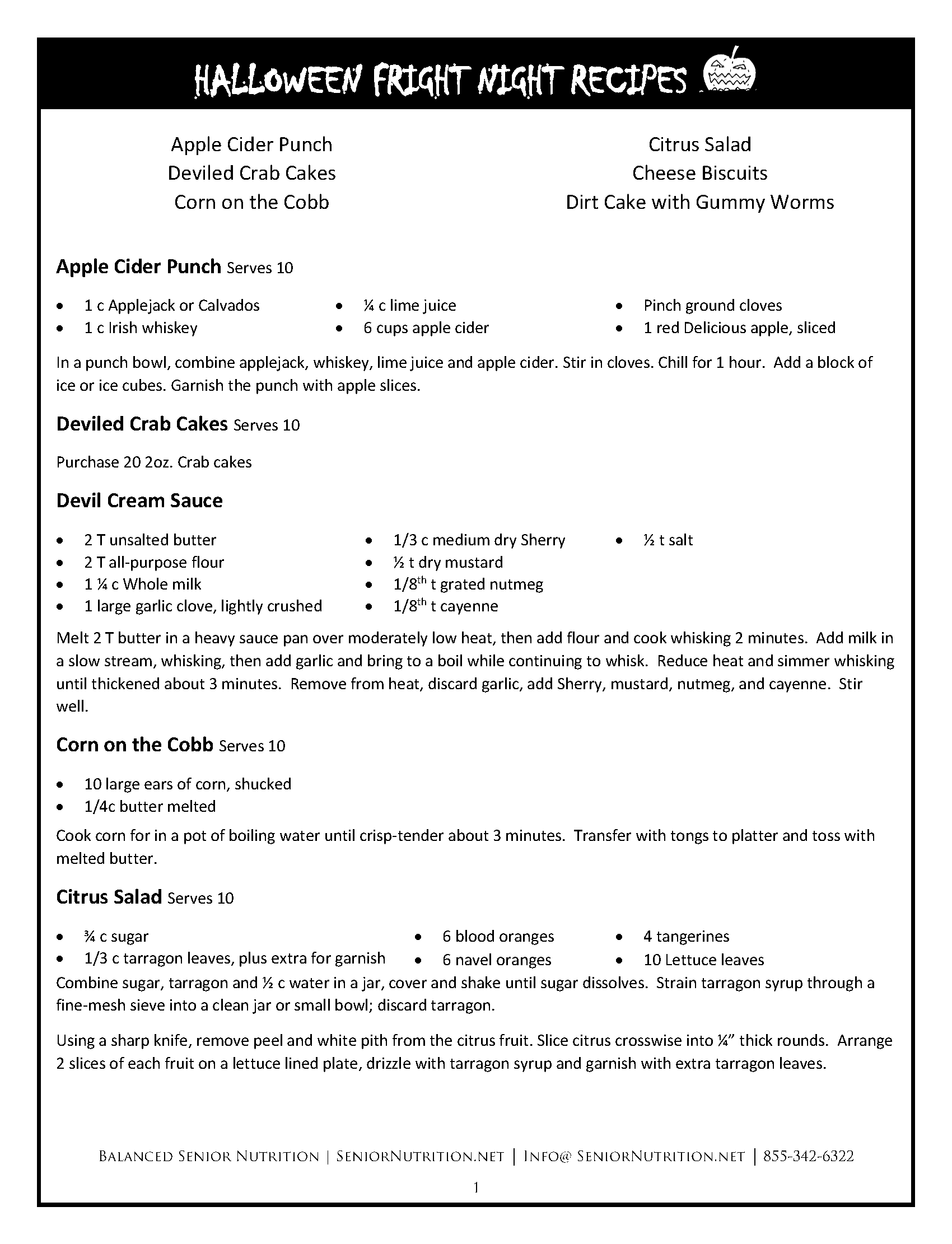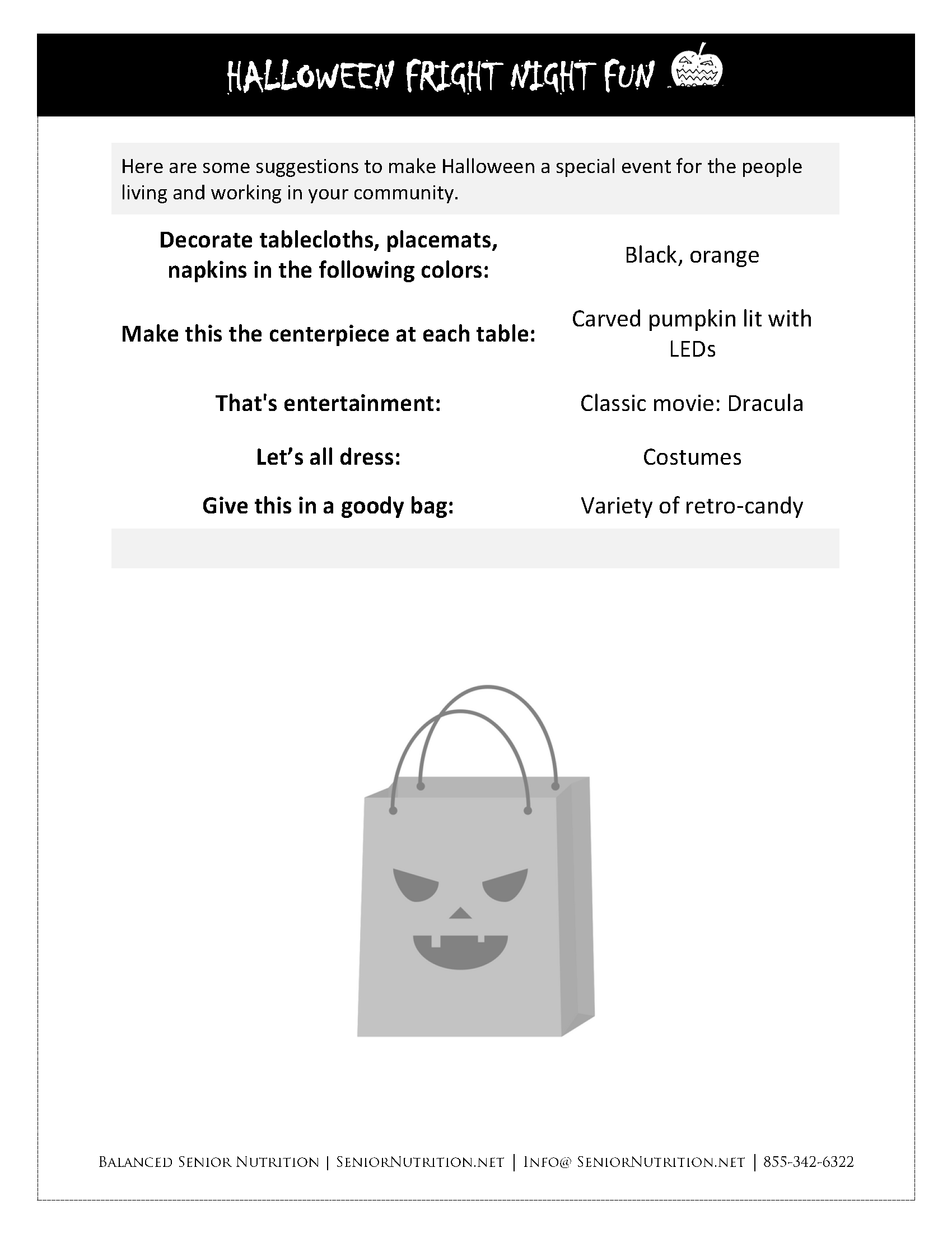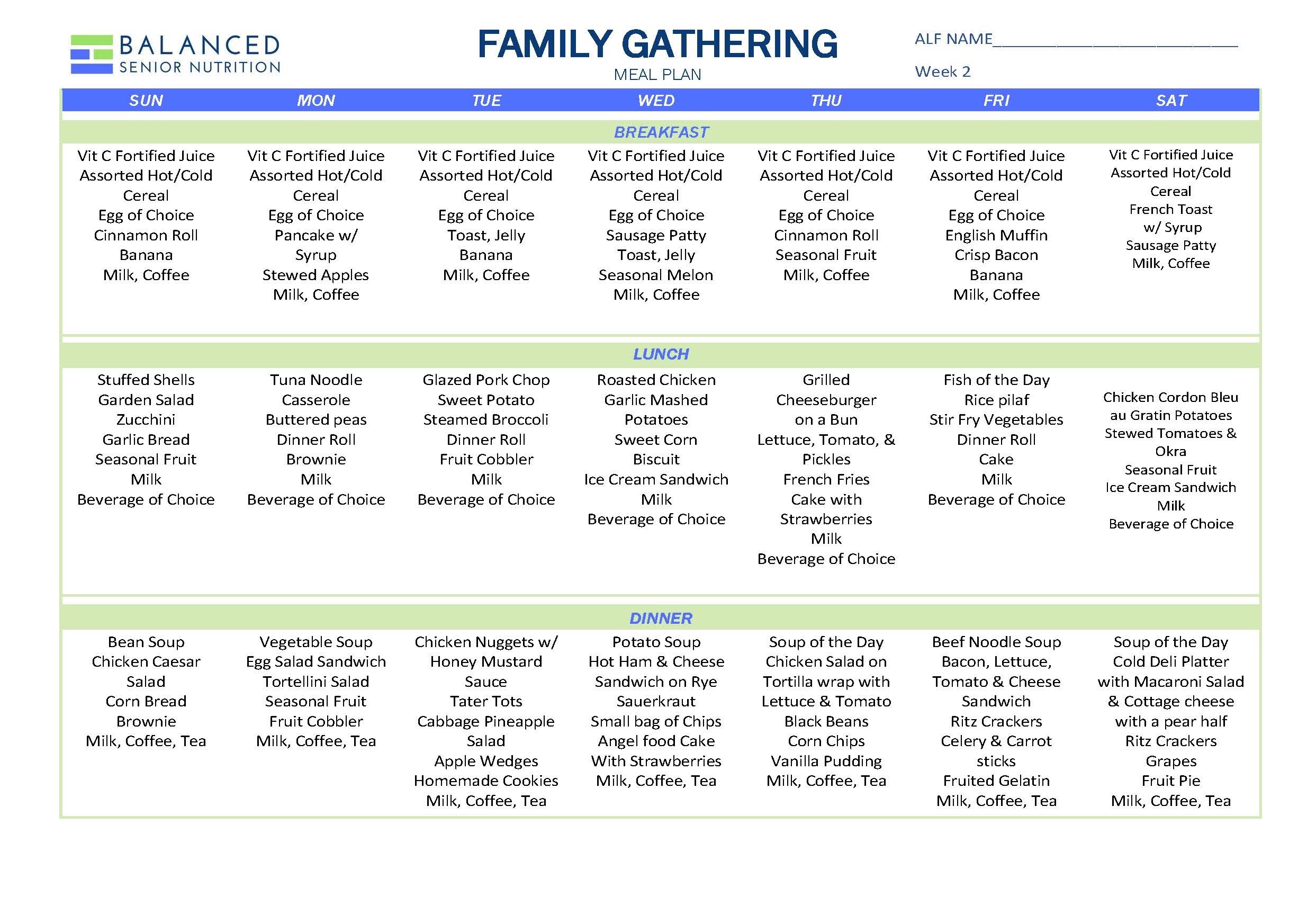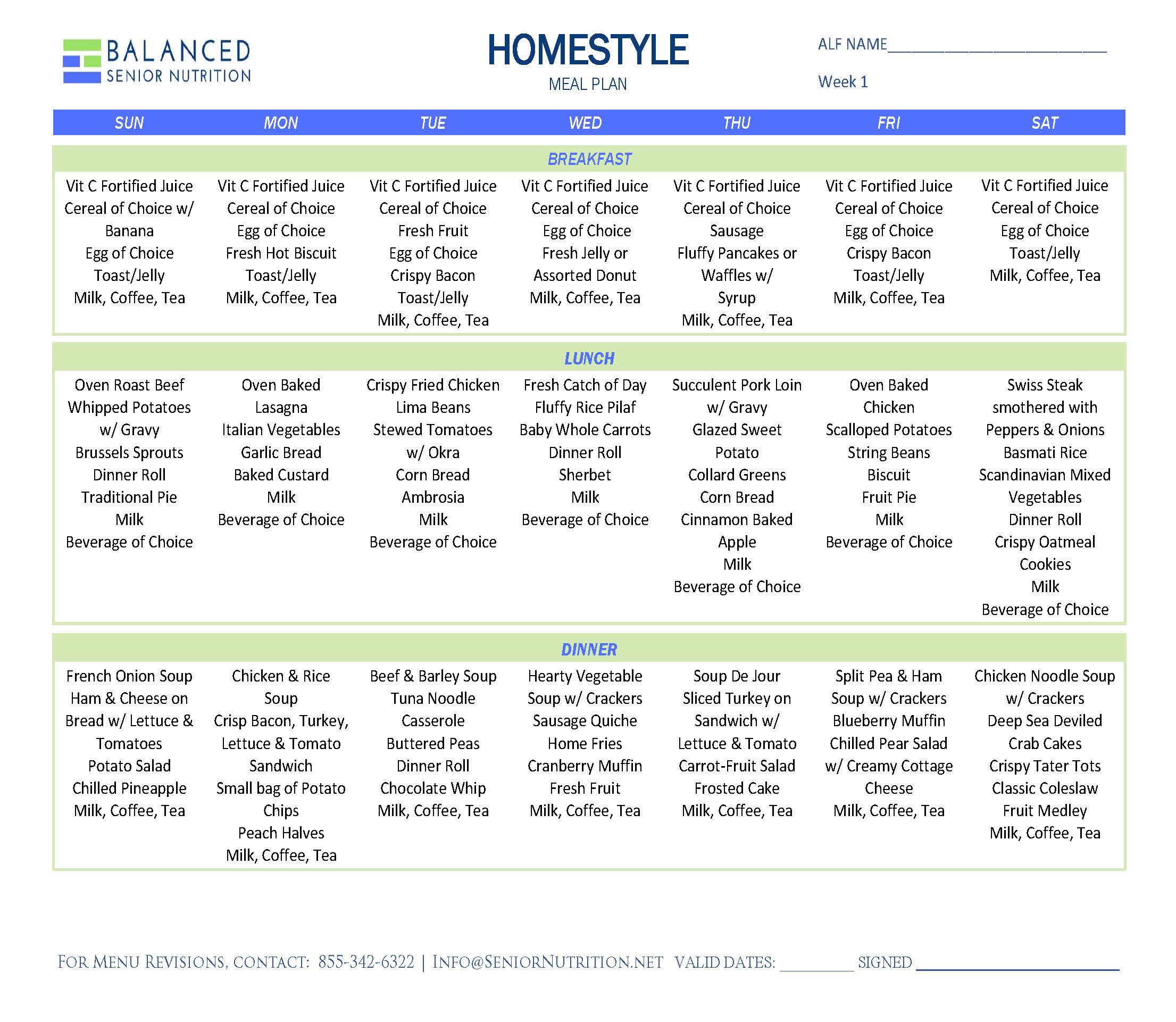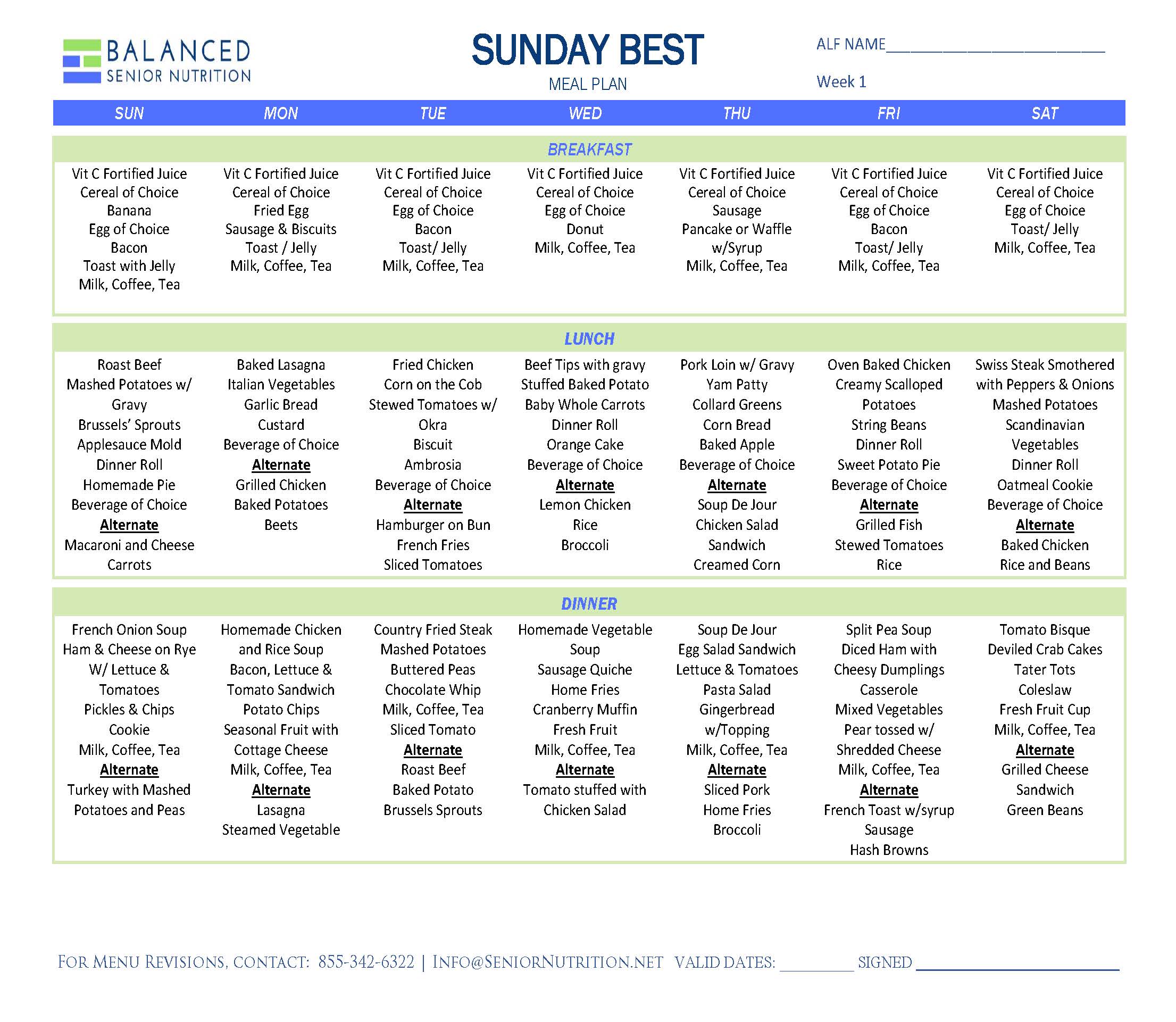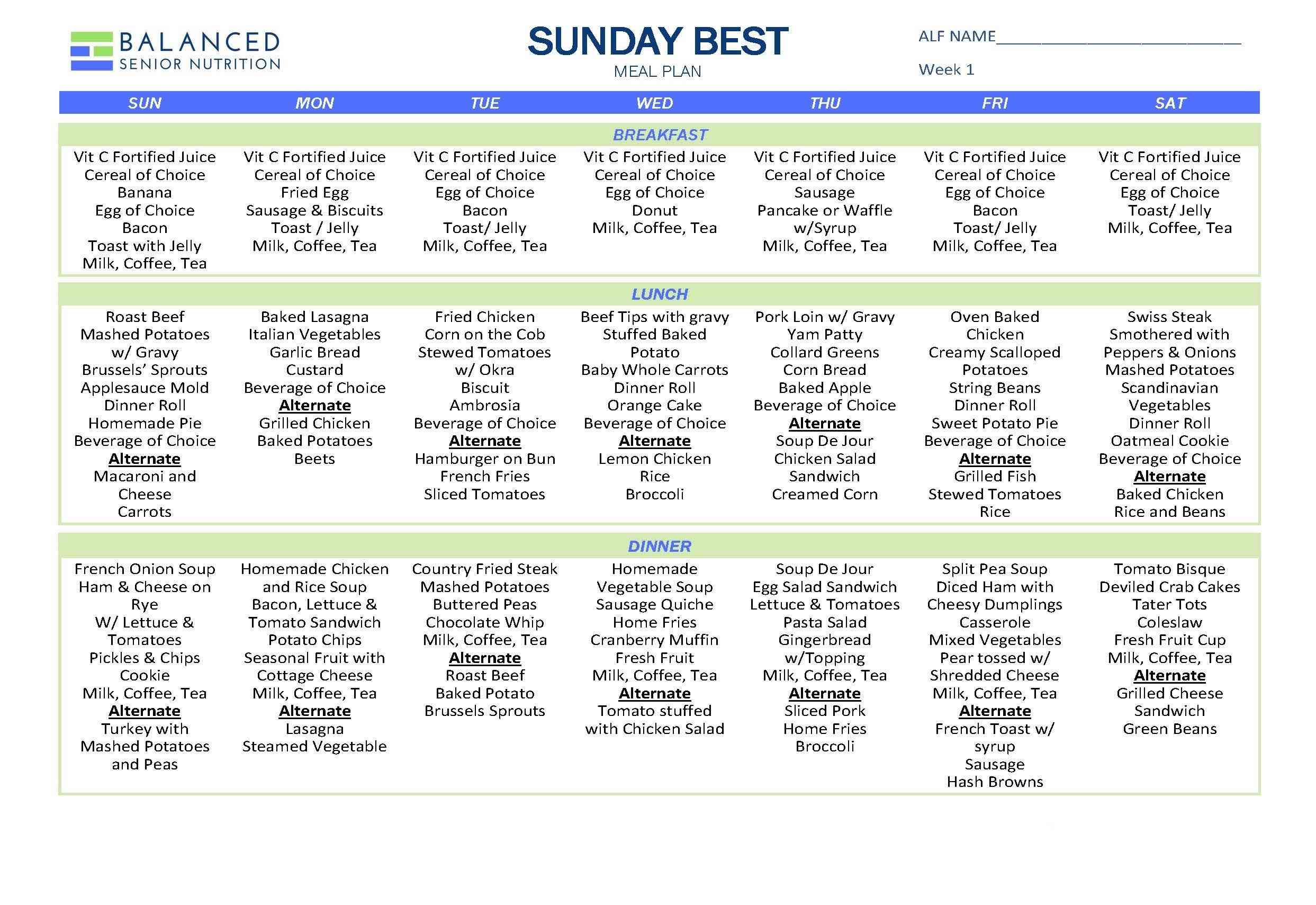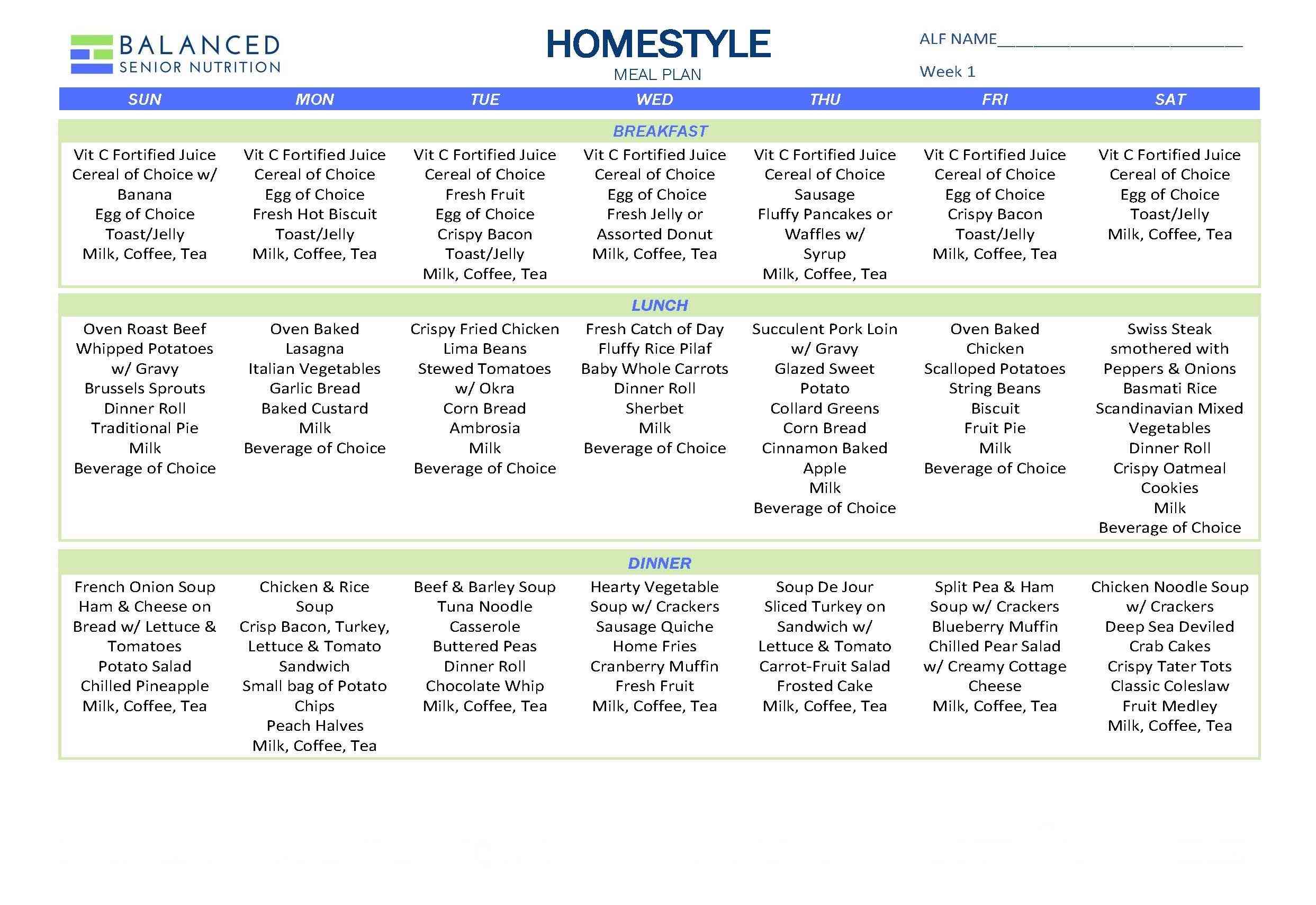
In my blog post “How to implement person-centered dining”, I took you through the steps of learning what residents really think about the food they’re eating by using the Dining Satisfaction Survey. What’s really great about easily getting results is that you’ll be better able to uncover any problems that need to be solved. Using the “Performance Improvement Project” (PIP) process is a great methodology because it involves anyone in the community who is affected by the issue. Residents and staff get together to discuss the problem using the “Learning Circle” to get to at its root and then co-create a sustainable action plan that will drive better results.
As we have done in the past, let’s look at an excerpt from our manual “The Inside Scoop on Informed Choice” that shows how a learning circle works to identify the root of the problem of making altered consistency foods more appealing. We join the group from Pioneer Village in the middle of their discussion about “mushy boring food”; a problem that could get you a citation if you don’t fix it.
MARY: So how does a Learning Circle work, Diane?
DIANE: It’s an informal way to learn the views and ideas of a group of people regarding a subject. In this case, we want to talk about what we can do to make our pureed foods more appealing. Then we can take those ideas and give them to a small work group, a task force if you will. The task force can then focus on finding why it’s not happening now (purees are not appealing) and create plans (PIPs) to make it happen (purees are appealing). We even have a tip sheet about Learning Circles to help set them up.
DIANE: We are setting up a learning circle to focus on the subject of pureed diets appearance. Since this problem affects you directly, Dotty, I’d like to invite you to join us in the Learning Circle.
DOTTY: Well, I was going to invent a rocket powered wheelchair, but I’ll do the learning circle instead.
MARY: I’d like to come, too. I’d like to share some of my ideas for pureed foods.
Before the people involved in making and serving the pureed food arrive, Diane and Max arrange the chairs into a circle with nothing to block people’s views of each other. The head chef Jamie and his assistant, Bill, arrive and sit in the circle. A server, Keisha, joins them.
MAX: Hey, everybody. Thanks for coming.
DIANE: Max, you’ll be the facilitator who asks the questions to keep us on track with getting everyone’s input. But once you ask the question, you cannot comment until everyone who wants to speak has spoken.
MAX: Can do. I’ve given all of you a handout called How to Run an Effective Learning Circle – please take a moment to review it. The question to be answered today is: “Why do you think our pureed foods are not meeting expectations?” We will start by giving each member of the circle a minute to answer the question, uninterrupted. OK, who wants to start?
JAMIE: I’ll give it a go.
MAX: Thanks. So, Jamie, as you know, the most recent Dining Survey showed that residents on pureed diets are unhappy with the pureed food. Why do you think our pureed foods are not meeting expectations?
JAMIE: Well, I think we’ve gotten in a rut with our purees. We haven’t had any new recipes or techniques since I came to Pioneer Village and I don’t know how to make them better.
Using the “Performance Improvement Project” (PIP) process helps serve as a guide because it involves anyone in the community who is affected by the issue.
MAX: Bill, why do you think our purees are not meeting expectations?
BILL: I think Jamie hit the nail on the head. We’re in a rut. We need new ideas on how to make the purees tastier and have more eye appeal, if that’s even possible.
Max writes this down and continues to write responses to serve the later discussion.
MAX: Keisha, from a server’s standpoint, why do you think people are complaining about the appearance of pureed food?
KEISHA: Because it just doesn’t look that good on the plate. There’s like three blobs of food with no eye appeal and sometimes all the same color, shape and size. I would have a hard time eating it all the time. If it was served on more colorful dishes and bowls, that would help.
MAX: Dotty, your turn.
DOTTY: Nothing to add right now. I think Keisha got it right. The food just doesn’t look tasty, even when it tastes good.
MAX: Thanks for the input. Mary, why do you think our purees do not meet expectations?
MARY: Is it possible that the chefs have gotten into a rut with the pureed foods because they need new recipes, ideas, and training? I think Jamie mentioned earlier that he doesn’t know how to change the pureed foods.
MAX: Good point, Mary. I’ll make a note of that.
MAX: Now, that all of you have had one minute to answer the question, let’s open this up for discussion. What other comments do you have about bridging the gap between “what we are serving” and “what we want to serve?” Keisha, you have a comment?
KEISHA: Sure do. Where I used to work, the kitchen didn’t blend the meat in a processor, they chopped it up real fine like minced meat. It worked just as well as pureeing for many people with chewing problems and looked a lot better on the plate.
MARY: It seems to me you need to make pureed foods closer to regular foods. So why not serve foods, as much as you can, that are naturally soft or normally prepared in a mashed way since people are used to seeing and eating them that way?
KEISHA: At my last job, I used to serve this 105-year-old lady soft-cooked fish every day. We also served lots of eggs with cheese and sweet potatoes with butter and maple syrup. And they garnished the plates. Garnishing made a big difference by making the meal look tastier.
MAX: So, we’ll add “naturally soft foods” and “garnishes” to the task force discussion.
JAMIE: I like the idea of serving soft foods that people are used to eating. We need to work closely with our speech therapy team on that one to make a list of foods like that.
MAX: Jamie, given the equipment we have in the kitchen, do you think there are some practical solutions to the rut we are in with pureed meals? Small changes that might have a large impact on taste and plate presentation of the pureed items?
JAMIE: I think we could do more with gravies, sauces, liquid margarine and possibly dessert sauces as well as shakers with powdered sugar, cocoa, and even tiny sprinkles maybe. But I really don’t know how to serve pureed foods in other shapes and sizes. We have always used blenders and served with a scoop.
MAX: Let’s throw some ideas out on how we can educate our kitchen staff on a better way to prepare and serve. Bill, you have something?
BILL: Yeah, I bet there are lots of free videos on YouTube that show how to make pureed foods look more appealing. And also probably just Googling “pureed foods plate presentation.”
MAX: I bet you’re right. We could search for pretty plates and bowls also, that will help with new shapes and color contrast.
BILL: We might be able to involve the culinary school downtown to help with ideas.
MAX: Good idea. We can pitch it to them as training for their students at the same time they’re training our kitchen staff. We could even make a video of the “Perfect Puree” demonstration to use in our training and put it up on YouTube to help other people make appetizing purees and give the cooking school a plug. I’ll ask Lacy, our staff developer, to be a part of the task force. She can contact the culinary school to see if they’d be interested in doing a video with us.
DOTTY: You know a lot of us that live here used to cook for our families and would love to help. There’s probably a lot of knowledge that is untapped right here in Pioneer Village.
JAMIE: Yes, we need to figure out a way to harness all the potential help right here in our community. Perhaps a recipe contest?
DIANE: What a great idea. I love it. That is a great way to communicate and collaborate with everyone our new PIP, the Perfect Puree project.
MARY: You know this Learning Circle is great. It’s nice to chat about a problem in an informal way. It makes it so much easier to speak your mind and not feel threatened or afraid someone will take you wrong. We covered a lot of ground in a short time.
MAX: Right. The next step is to form the task force to explore the ideas we just generated and to create the Performance Improvement Project.
As you can see from this conversation (part of what you’ll learn in “The Inside Scoop on Informed Choice”), the Learning Circle creates a transparent environment that allows for suggestions from all who are affected by an issue. By getting a variety of perspectives from staff and residents about the potential causes of a problem, it is much easier to get to the bottom of the issue and develop a plan to keep it from happening again.
To help you identify get started, here is a handy guide to the Learning Circle. I’m confident that this tool will help you and the people you care for, create an action plan to solve any in the dining experience to meet the requirements of the CMS Final Rule.


